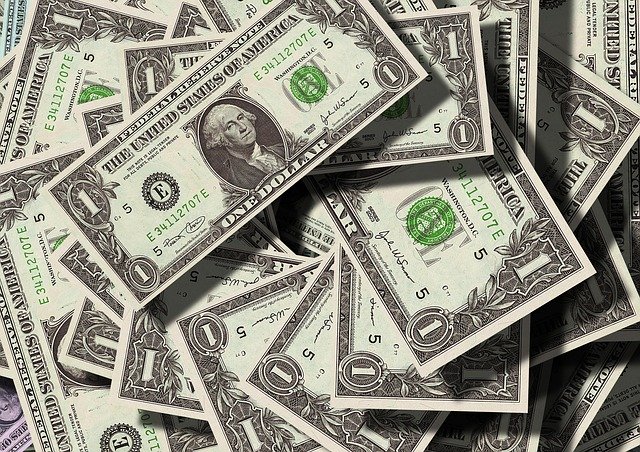Let\’s start with a little theory. Money is a specialized commodity that can be exchanged for all sorts of other commodities. Such commodities are technically called universally accepted equivalents. Of course, money has not always had the form and shape that it has today. Nor have they always been used.

Back in history, barter or what is known as physical exchange was used in place of money. In other words, people exchanged goods for goods. However, this practice was no longer satisfactory, so people began to look for the aforementioned universal equivalent. This became different goods in different parts of the world. In some places they were paid in linen handkerchiefs, in others in shells, and in still others in cattle, grain or stones.
Eventually, however, precious metals, namely silver and gold, proved to be the most suitable means of exchange. Precious metals were easy to divide, durable, and well preserved. Precious metals were easy to break up, durable, and well preserved, and gradually they were shaped and marked, giving rise to the first metal coins, which were considered full-fledged money. Precious metals were gradually replaced by monetary metal ingots and paper money, which up to a certain point were covered with gold. This is not the case today. The so-called gold standard has been abolished and money is guaranteed by a national term of honor. Today, money has several forms. Cash money, non-cash money, securities, and the relatively new cryptocurrency
Money has a total of four requirements. The first requirement is that money be divisible. Thus, in addition to the base currency unit, there are fractions and multiples. As an example, consider the euro. The euro is subdivided into cents, and at the same time there are banknotes that are multiples of the cents.
Another requirement that a currency must meet is portability. Money must be easy to carry, preferably in one\’s pocket, but this was not so easy a long time ago, when in some areas wealth was represented by large, heavy stones. Today\’s coins, bills, and cards, however, fulfill this requirement.
Another condition that coins must meet is that they must be difficult to counterfeit. For this reason, coins are equipped with many security features. The last condition is stability: it must have stable purchasing power.
We hope you are interested in the path that money has taken to get to where it is today. Perhaps we will see another major advance a short distance from cashless.